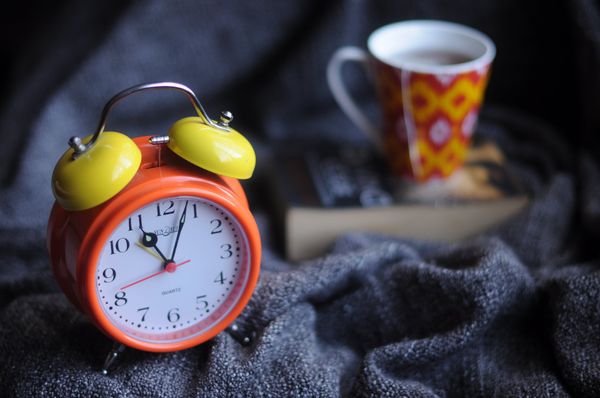
A core tenet of Ridiculously Efficient productivity is systematically hacking your workday for maximum effectiveness using what I'm calling the Track, Hack and Attack method.
Phase 1: Track
You cannot improve what you cannot measure. Track every aspect of your workday for a week -- work periods, breaks, distractions, downtime, phone calls or text messages, meetings -- using your computer's clock or a timer. If you're particularly computer-savvy, you could even create a spreadsheet to chart your data and visualize how you spend your week.
Jim Donald, who was the chief executive officer at Starbucks between 2004 and 2008, had his assistant create a pie chart each month that broke down how his time was spent. He compared those charts to predetermined goals to ensure his month was as effective as possible.
Phase 2: Hack
Analyze dead productivity zones in your week. Why did these occur? How can you eliminate them? Identify inefficient processes and eliminate the unnecessary. To focus this process, ask yourself, "Why is it done this way? Is there a better way?"
Arrange your day's tasks according to your energy and focus levels. Build in mini meditation sessions to recharge during the day.
Phase 3: Attack
Using principles of mental feng shui, approach your workday systematically. Leverage Parkinson's Law and create urgency during your workday. Divide your day into focused power hours, and do your best to inhibit decision fatigue.
Save time during work periods by pushing yourself to streamline redundant tasks and processes and communicating effectively.
Repeat the Track, Hack and Attack method regularly -- perhaps every month to start, and every quarter once you've gotten into a good groove.








Member discussion